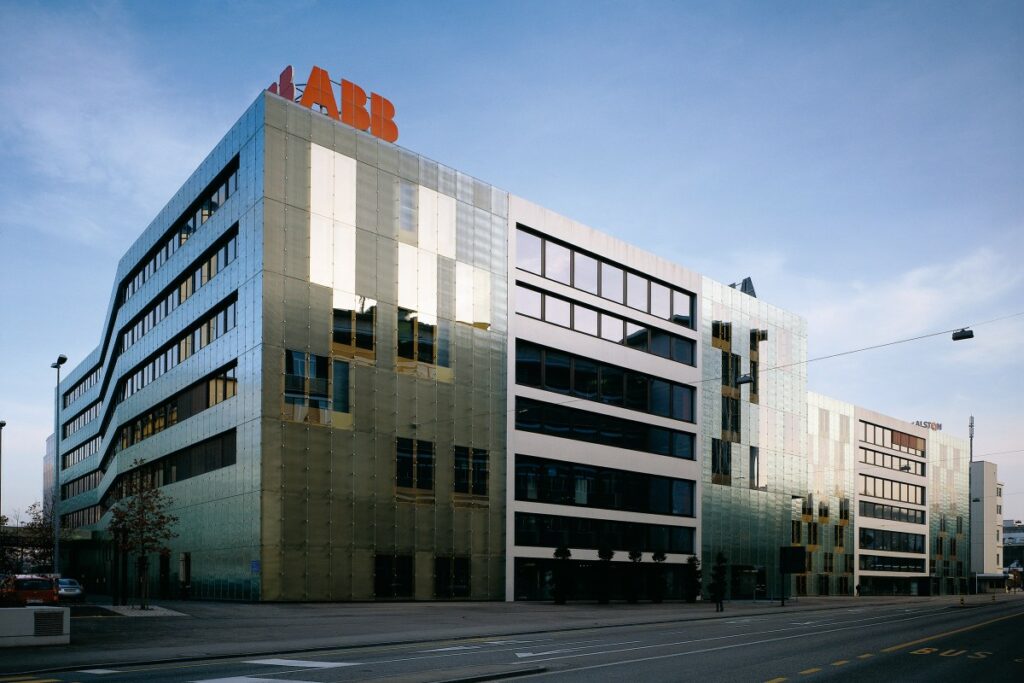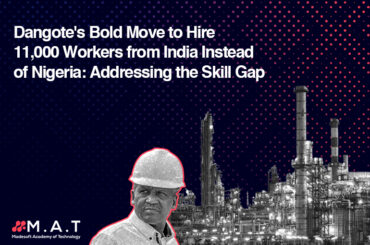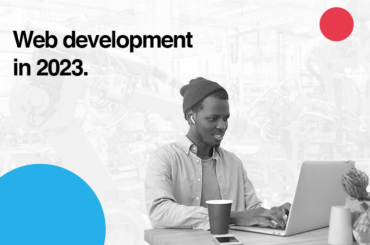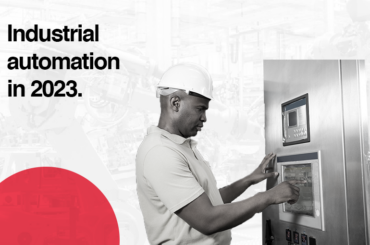By 2027, it is anticipated that the market for factory automation and industrial control will be worth USD 218.8 billion.
The market size for factory automation and industrial controls is anticipated to increase from USD 147.9 billion in 2022 to USD 218.8 billion in 2027. From 2022 to 2027, it is projected to expand at a CAGR of 8.2%.
The increasing number of government initiatives to support industrial automation and the increasing integration of technologies like IoT and AI with different industrial control and factory automation solutions are the main factors propelling the growth of the industrial control and factory automation market. Another significant reason fueling the expansion of the industrial control and factory automation market is the increasing use of automation in discrete and process industries.
Over the past ten years, sensor technology has made great strides. The need for connectivity in manufacturing facilities is growing, which has prompted manufacturers to use smart sensors to collect data in numerous places. Manufacturers of sensors consistently concentrate on creating cutting-edge solutions to assist customers in increasing production effectiveness. By reducing the need for physical labor, industrial robots are changing the manufacturing sector.
They are used in industrial facilities to boost efficiency and get rid of mistakes. These robots are appropriate for use in outlying areas. Time, money, and waste are reduced when robots are deployed in an industrial production line, and high-quality, exact goods are produced.
Process automation and control are made possible in industrial manufacturing facilities by DCS. It facilitates decision integrity, streamlines processes, and boosts output. The oil and gas, automotive, chemical, food and beverage, and pharmaceutical industries are where DCS is most commonly used.
The food and beverage sector is anticipated to hold the highest proportion of the industrial control and factory automation market for PLC during the forecast period among process industries. This market segment has grown because strict standards have been set and followed in response to changing market needs.
The metals sector uses a variety of metalworking techniques, including forging, milling, spinning, and grinding. Drives and PLCs are utilized to move metals quickly, precisely, and efficiently by the machines used in metal processing. Automation has increased safety, reduced wear, increased production, and improved product reliability and quality in the mining and metals sector.
At all times, worker safety is given high attention in mining operations. To safeguard the safety of mines, regulatory bodies around the world have established strict laws and regulations for mine owners. Due to these strict rules, mining companies are required to use industrial control and factory automation technology. This helps them predict problems and try to stop them before they happen.
ABB (Switzerland), Emerson (US), Siemens (Germany), Schneider Electric (France), Mitsubishi Electric (Japan), Yokogawa Electric Corporation (Japan), Endress+Hauser (Switzerland), Honeywell (US), Rockwell Automation (US), and General Electric (US) are a few of the major companies that compete in the industrial control and factory automation market.

The time has never been better to start a career in industrial automation.
There’s no doubt that companies are using industrial automation more and more to boost production and cut costs.
Thanks to increasing technological advancements, the necessity for automation has never been greater.
There is no better way to fulfill the demand than by enrolling right away in the industrial automation and PLC programming certificate courses offered by MAT, which combines mentorship and project-based learning. Enroll today to find out more!





